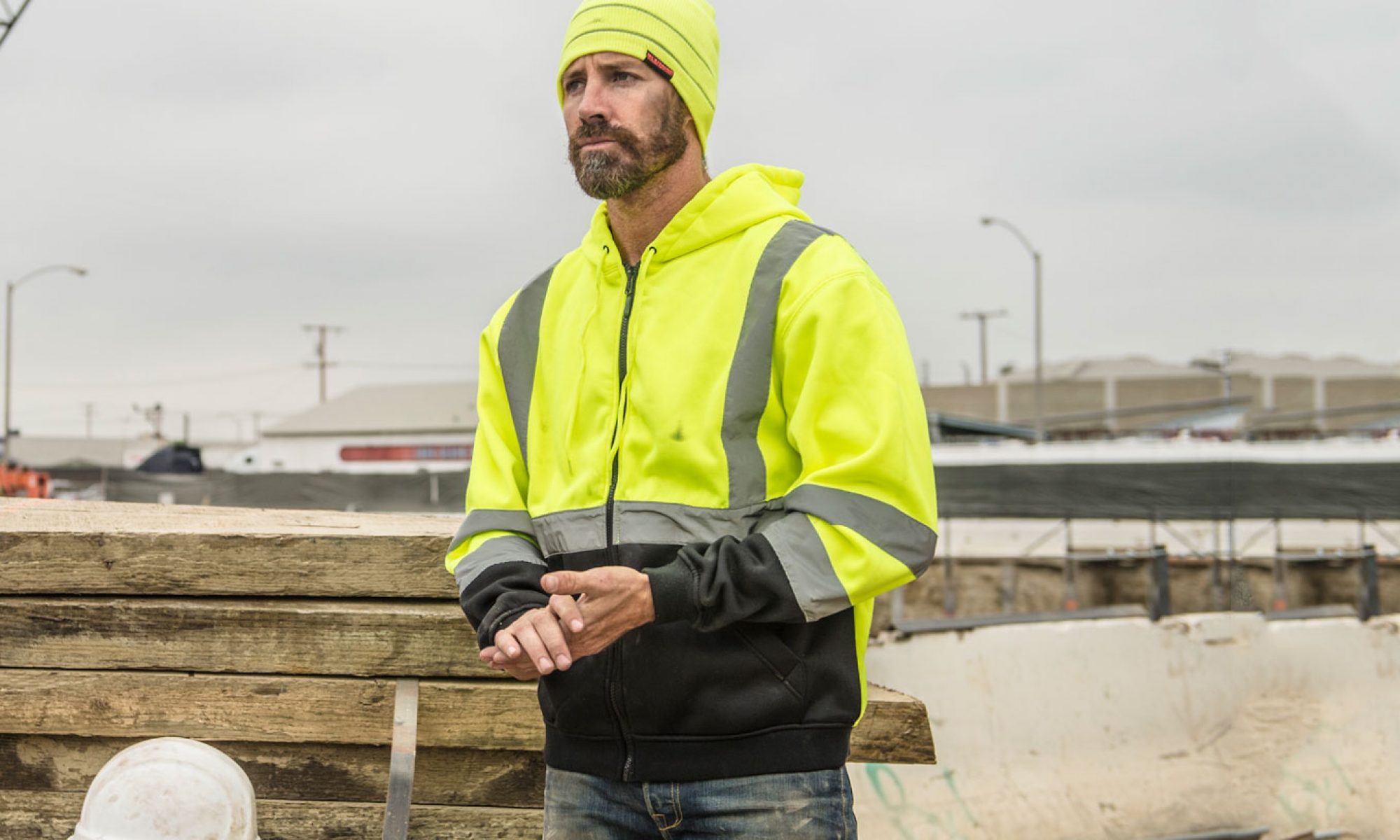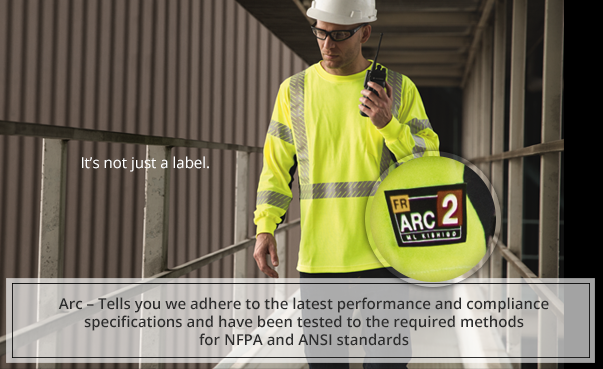Since arriving in Britain almost five decades ago, high-visibility jackets have become inescapable. Is this a blessing or a curse?
It is impossible to ignore – and that’s the very point.
Bright, synthetic and, above all, cheap, the ubiquity of high-visibility clothing means that it surely symbolises the Britain of 2010s in the same way that miniskirts summed up the 1960s.
In the past, “high-vis” was associated with hazardous occupations – the emergency services as well as road and rail maintenance workers. Now it is just as likely to adorn security guards, cyclists, car park attendants and joggers – an all-purpose symbol of both authority and safety-first caution.
Kent County Council is the latest authority to promote its use, heralding its 120 “walking buses” in which children make their way to school together on foot clad in high-visibility gear. UK workwear specialists Red Oak Direct say sales of its high-visibility gear rose 22% in 2008/9 and 26% in 2009/10.
To critics, it symbolises everything that is wrong about mollycoddled, risk-averse, health-and-safety-obsessed modern Britain.
But enthusiasts point to its success in reducing traffic accidents and making the jobs of thousands of workers much safer.
What is perhaps most significant, however, is the manner in which this mass-produced garment, available from pound shops the length and breadth of the country, has come to lend its wearers the mantle of officialdom, licensed to give orders by virtue of their outerwear.

